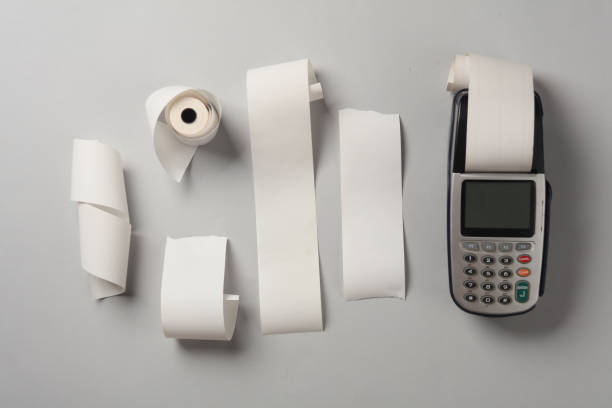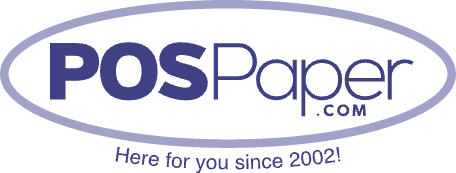
Bond Paper Vs Carbonless Paper
Selecting the right type of paper is essential to achieving optimal results. Two commonly used options are bond paper and carbonless paper. While both serve similar purposes, they have distinct characteristics that make them suitable for different applications. In this guide, we'll explore the differences between bond paper and carbonless paper, helping you make informed decisions for your printing needs.
Bond Paper
Bond paper, also known as regular paper or copy paper, is a traditional and versatile option used in various printing applications. It is made from wood pulp and features a smooth, non-textured surface that provides excellent print quality for text and graphics. Bond paper is available in different weights and finishes, ranging from standard 20 lb. weight to heavier options suitable for presentations and reports.
One of the key advantages of bond paper is its compatibility with a wide range of printing devices, including laser and inkjet printers, copiers, and offset presses. Its smooth surface allows for crisp, clear printing without smudges or ink bleed, making it ideal for documents such as letters, reports, invoices, and forms. Bond paper is also commonly used for business correspondence, marketing materials, and everyday office printing tasks.
Carbonless Paper
Carbonless paper, also known as NCR paper (No Carbon Required), is a specialized type of paper that allows for the creation of duplicate or triplicate copies without the need for carbon sheets. It consists of multiple layers coated with microcapsules containing dye and a developer chemical. When pressure is applied to the top sheet, the microcapsules burst, releasing the dye and creating an instant copy on the underlying sheets.
One of the primary advantages of carbonless paper is its ability to streamline document processing and record-keeping tasks. It eliminates the messy and time-consuming process of using carbon paper while producing clear, legible copies with minimal effort. Carbonless paper is commonly used for invoices, receipts, purchase orders, delivery forms, and other documents requiring duplicate copies for record-keeping purposes.
Four Key Differences
While both bond paper and carbonless paper serve similar purposes, they have distinct characteristics that make them suitable for different applications.
1. Copying Method: Bond paper requires the use of a separate copying or printing device to create duplicate copies, whereas carbonless paper generates copies through pressure-sensitive coatings that react to pressure.
2. Duplicate Copies: Carbonless paper is specifically designed to produce duplicate or triplicate copies without the need for carbon sheets, making it ideal for documents that require multiple copies for record-keeping or distribution.
3. Print Quality: Bond paper typically offers superior print quality and resolution compared to carbonless paper, making it suitable for documents requiring high-quality text and graphics.
4. Compatibility: Bond paper is compatible with a wide range of printing devices, including laser and inkjet printers, copiers, and offset presses. Carbonless paper, on the other hand, may have limitations in terms of compatibility with certain printing devices.
Final Thoughts
In conclusion, both bond paper and carbonless paper offer unique advantages and applications in the world of printing. Bond paper is a versatile option suitable for everyday printing tasks, business correspondence, and marketing materials, offering excellent print quality and compatibility with a wide range of printing devices. Carbonless paper, on the other hand, is specifically designed for creating duplicate or triplicate copies without carbon sheets, streamlining document processing and record-keeping tasks.
We offer a wide selection of high-quality bond paper and carbonless paper options tailored to meet your printing needs.
Explore our range today and choose the perfect paper for your next printing project.
